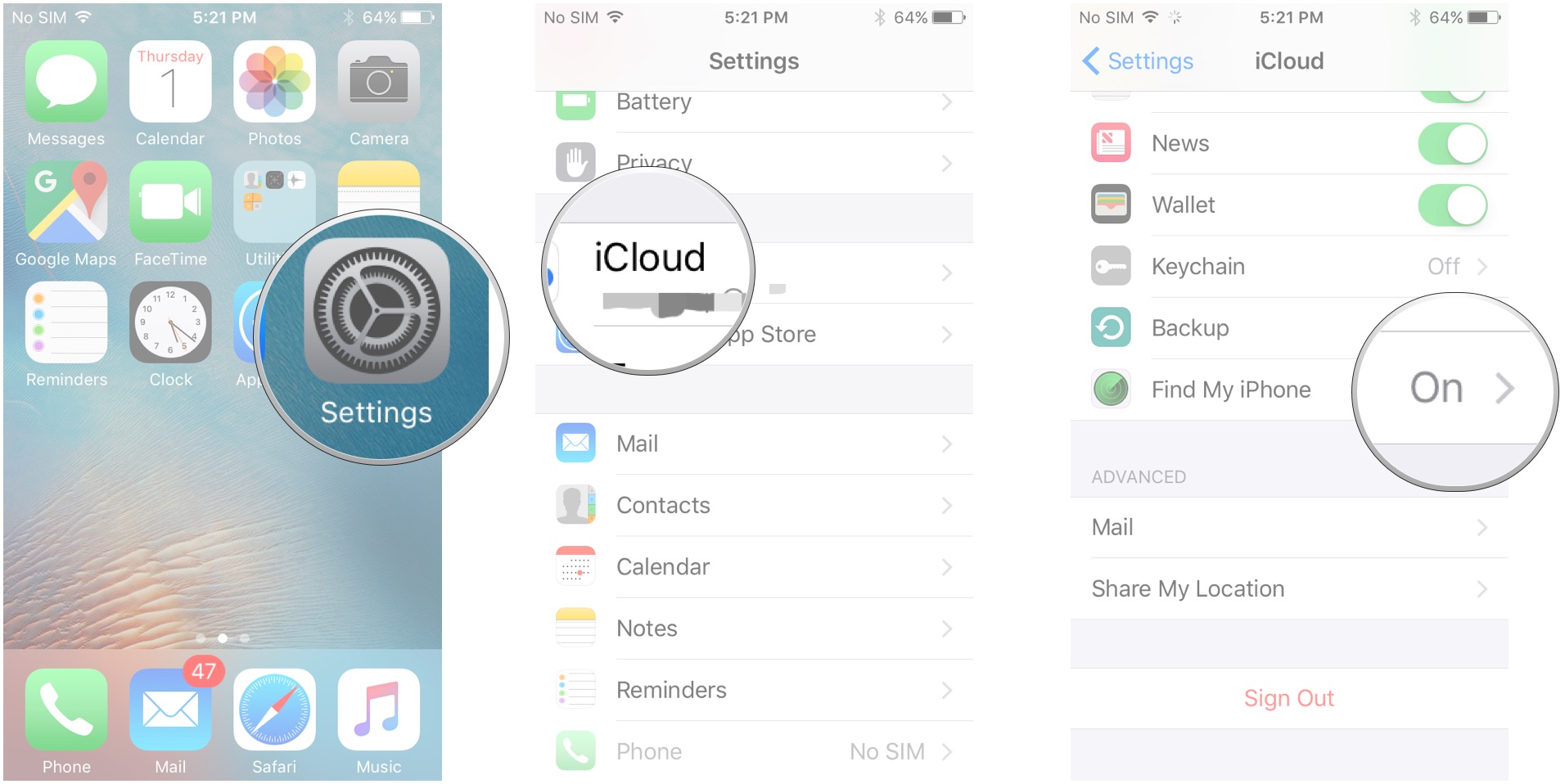Icloud Com Remove Find My Iphone
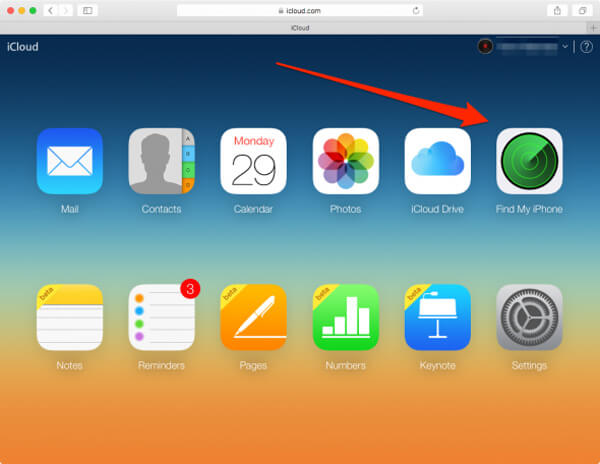
Apple has quietly removed the ability to initiate “Remove Device” from the Find My iPhone section of iCloud.com, sparking debate among security researchers and Apple users alike.
This change, implemented in recent weeks, eliminates a crucial feature used to remotely wipe and disassociate a lost or stolen iPhone from an Apple ID when Find My is enabled. The removal significantly alters the process for managing lost devices and raises questions about Apple’s strategy for combating iPhone theft and protecting user data.
The key change involves the disappearance of the "Remove Device" option previously available within the Find My iPhone web interface on iCloud.com.
Prior to this alteration, users could log into iCloud.com, navigate to Find My iPhone, select a device, and initiate a "Remove Device" command. This action would erase the device and, importantly, remove it from their Apple ID, allowing a new user to potentially activate and use the iPhone.
Now, the only option available is to mark the device as lost. Marking as lost allows user to display a message on the lost device. Also the user can choose to remotely lock the device.
Impact on Users and Security
The implications of this change are multifaceted. Primarily, it impacts how users handle lost or stolen iPhones where they intend to completely disassociate the device from their Apple ID. Now user can remotely lock or erase the device.
Security experts suggest this change could potentially make it more difficult for unauthorized individuals to gain access to a stolen device.
Before, a thief could potentially trick a user into removing the device from their account. Now, as long as Find My iPhone is enabled, the Activation Lock remains in place, rendering the device unusable to anyone without the original Apple ID credentials.
However, some users argue that the removal limits their control over their own devices. They suggest there may be situations where a user legitimately needs to remove a device from their account without physically accessing it, such as when selling a device remotely and the buyer encounters activation issues.
Apple's Rationale
Apple has not officially commented on the specific reasons behind this change. Many speculate that the removal is intended to further strengthen Activation Lock, a security feature designed to deter iPhone theft.
The Activation Lock, enabled when Find My iPhone is active, links the device to a specific Apple ID, preventing anyone else from using it without the associated credentials.
By removing the remote "Remove Device" option, Apple may be aiming to eliminate a potential loophole that could be exploited by thieves to bypass Activation Lock. One possible exploit is coercing user to remove the device while claiming the device.
The Activation Lock
Activation Lock is a security measure implemented by Apple to deter iPhone theft. It's automatically enabled when Find My iPhone is turned on.
When enabled, the device is linked to the owner's Apple ID and password, making it virtually useless to anyone else. Even if the device is wiped, it will require the original Apple ID and password to reactivate.
Security experts have long praised Activation Lock for its effectiveness in reducing iPhone theft rates in major cities.
Alternative Methods for Managing Devices
While the "Remove Device" option is gone from iCloud.com's Find My iPhone, users still have other methods for managing their devices. The device management option remains through Settings on a trusted device and in the Apple ID account settings on the web.
These include remotely erasing the device, marking it as lost, and contacting Apple Support for assistance. Remote erasing will not disassociate the device.
Users can also remove devices from their Apple ID through the Apple ID website or through the Settings app on their iPhone or iPad. However, these methods require that the user remember the device being removed.
Looking Ahead
The removal of the "Remove Device" option from iCloud.com's Find My iPhone signifies a shift in Apple's approach to device security and management.
While the company's intentions are likely aimed at further deterring iPhone theft and protecting user data, the change has raised concerns among some users about reduced control over their devices.
It remains to be seen how Apple will address these concerns and whether further modifications to the Find My service are planned in the future.

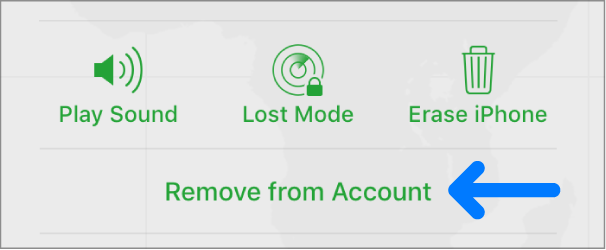

![Icloud Com Remove Find My Iphone [Full Guide] How to Remove iPhone from iCloud Permanently](https://images.imyfone.com/en/images/2018/02/find-my-iphone-ios.jpg)

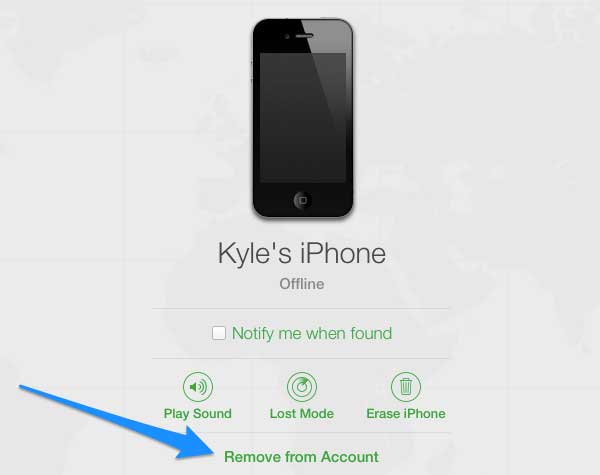

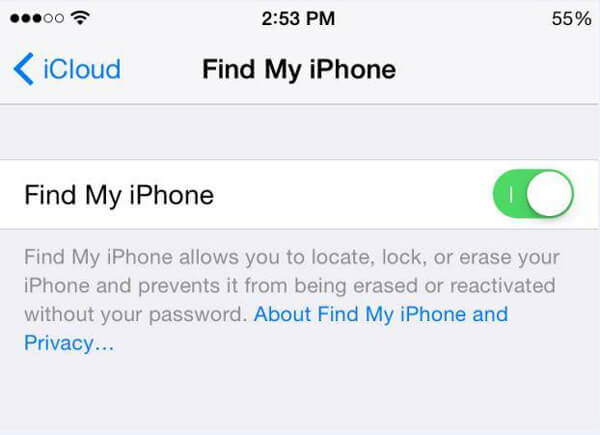

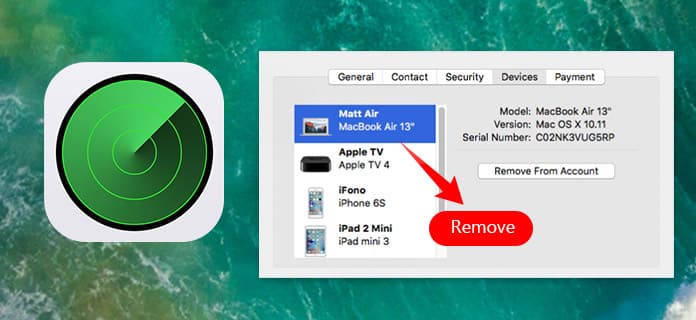
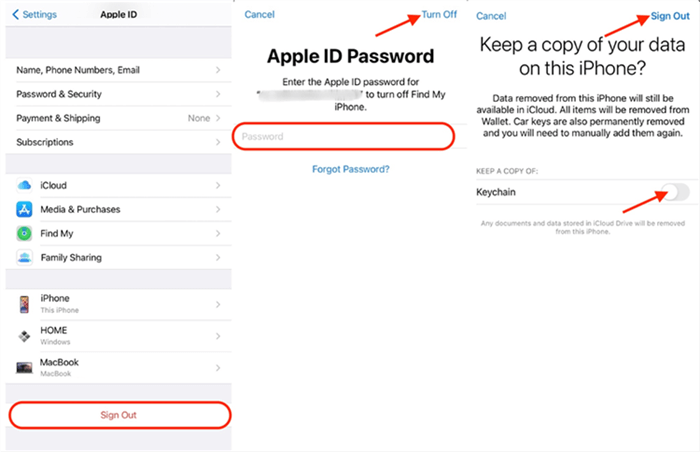


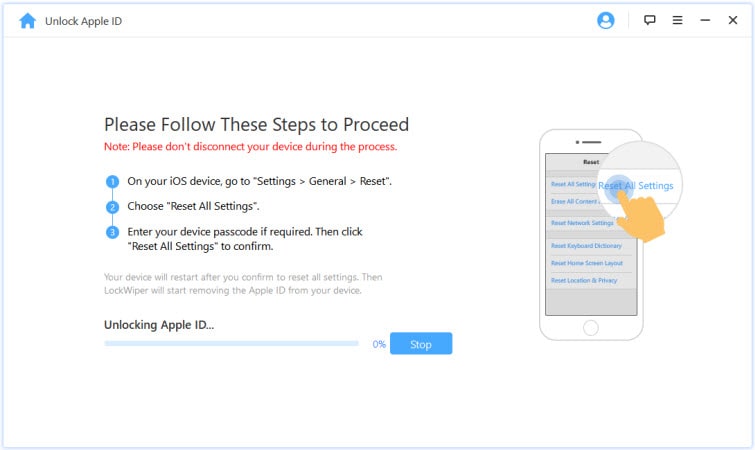
![Icloud Com Remove Find My Iphone [Full Guide] How to Remove iPhone from iCloud Permanently](https://images.imyfone.com/en/images/2020/06/Confirm-to-Remove.png)
